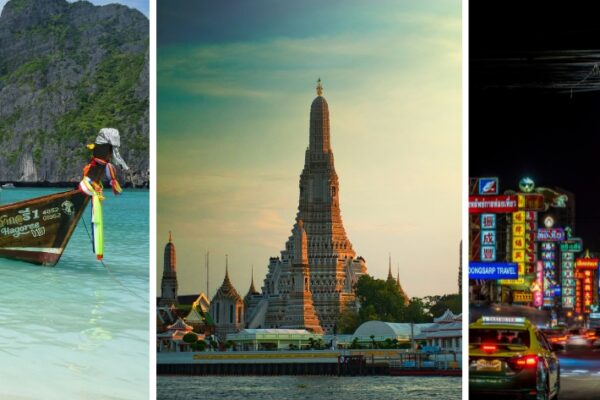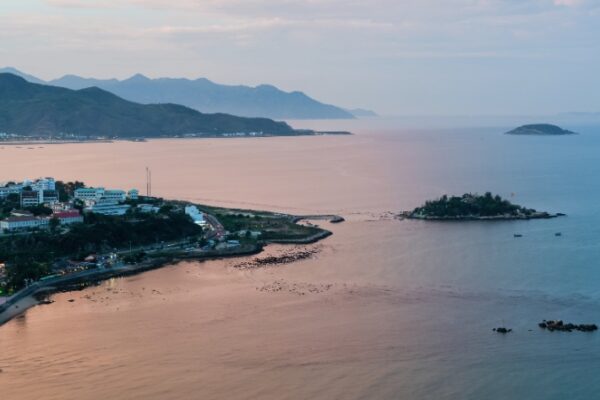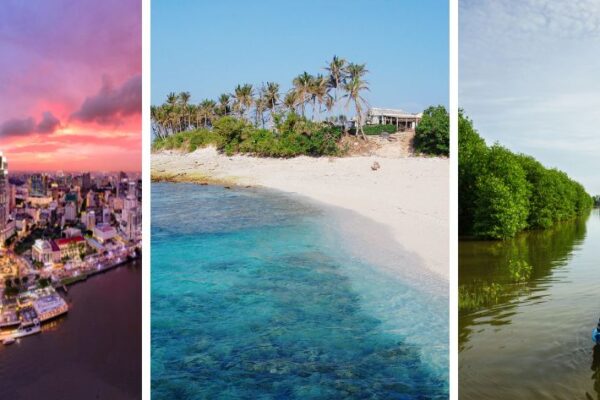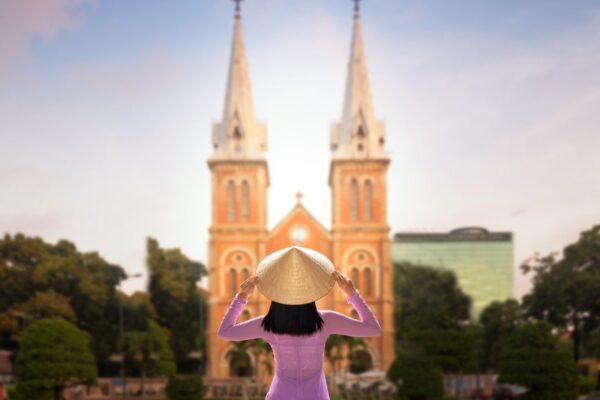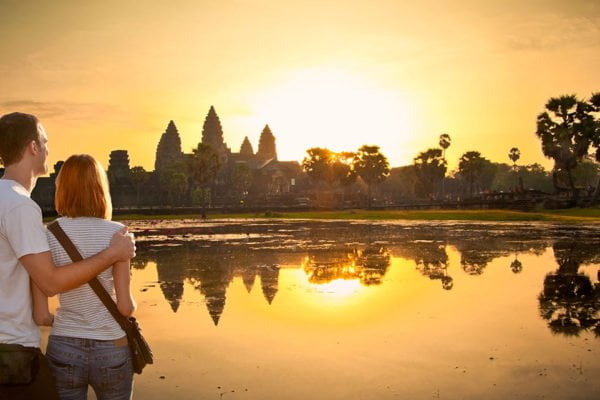Top Cities in Southern Vietnam to Visit for Culture, Food, and Scenery
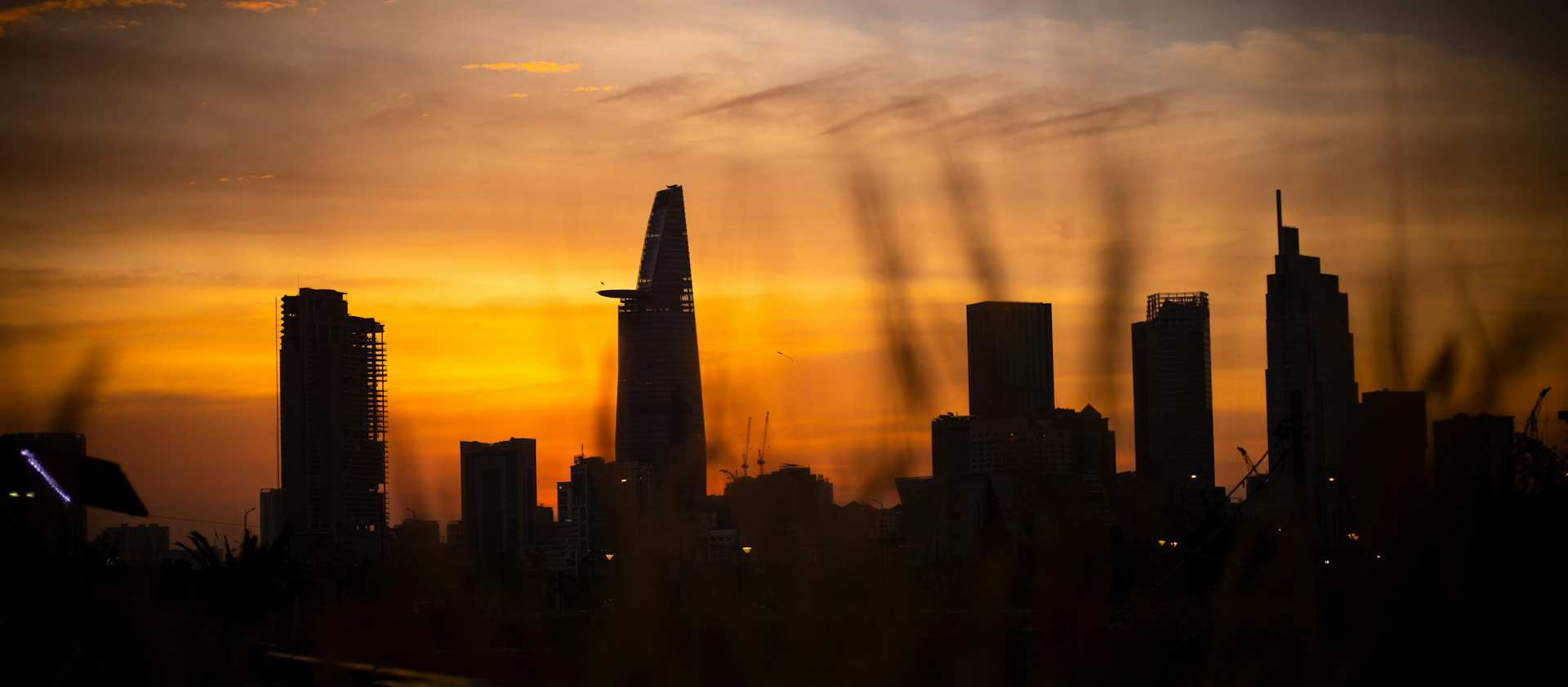
The South of Vietnam is a tapestry of diverse landscapes and vibrant cultures, offering so much more than just its bustling economic hub. This article delves into the captivating cities in Southern Vietnam that dot this dynamic region, promising an enriching journey for every traveler. Prepare to uncover the unique allure of each destination, from historical marvels to breathtaking natural wonders
7 Cities In Southern Vietnam Should Be On Your Travel List
Ho Chi Minh City: Southern Vietnam’s Economic and Cultural Powerhouse
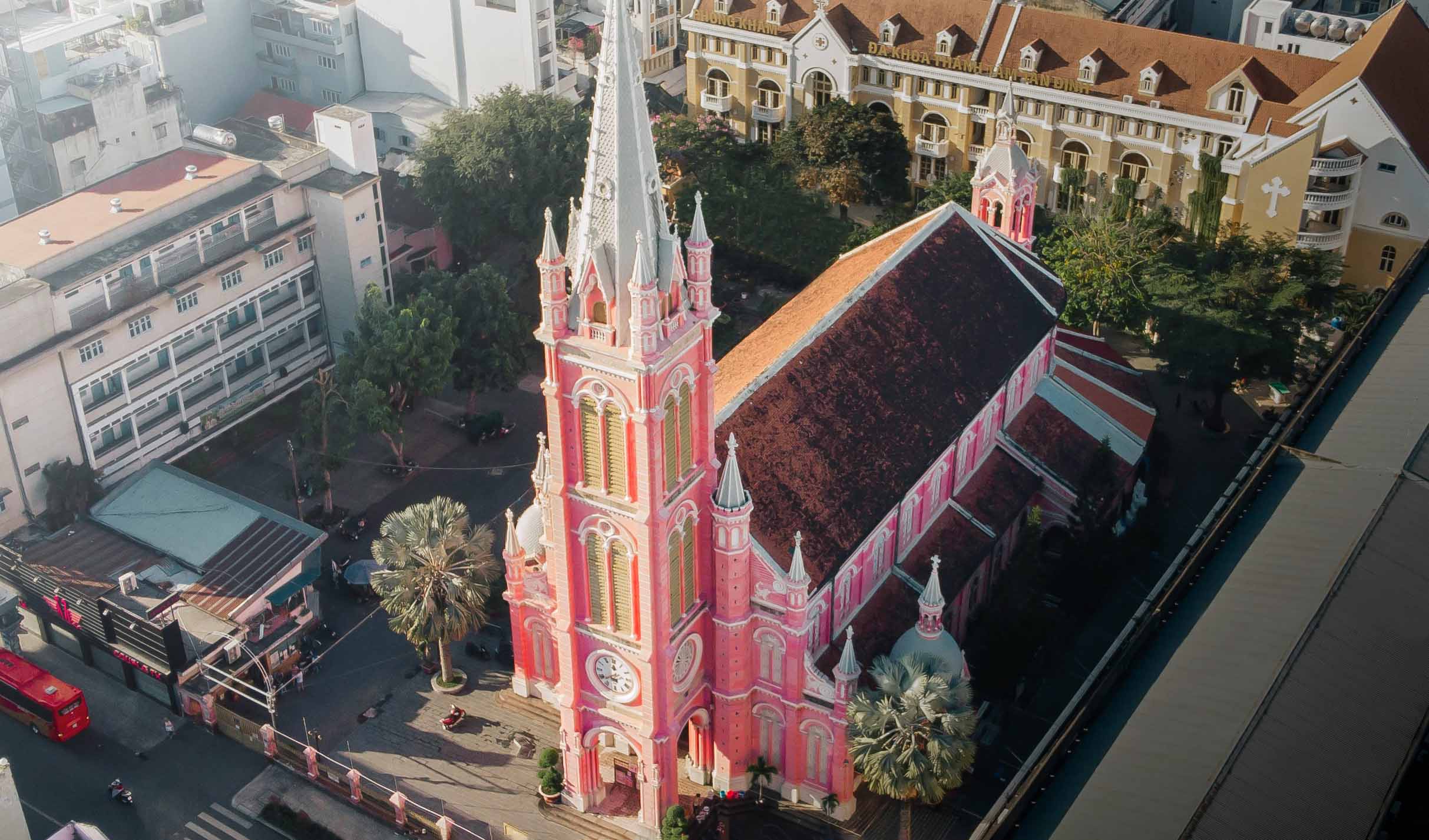
As the largest metropolis in Vietnam, Ho Chi Minh City (HCMC)—formerly known as Saigon—is often considered the beating heart of southern Vietnam. Renowned for its dynamic energy and rich historical legacy, HCMC blends French colonial charm with a fast-paced modern lifestyle, making it an essential destination in any southern Vietnam itinerary.
- Iconic landmarks that tell stories of Vietnam’s past
Highlights include the War Remnants Museum, offering a compelling perspective on the Vietnam War, and the Independence Palace (Reunification Palace), a historic site marking the fall of Saigon in 1975. Nearby, the Notre Dame Cathedral Basilica of Saigon and the Saigon Central Post Office—both designed during the French colonial era—stand as stunning examples of 19th-century European architecture.
- The vibrant street food scene
Travelers can sample local favorites such as pho, banh mi, com tam (broken rice), and hu tieu at roadside vendors and family-run eateries. Evening food tours are especially popular, offering immersive experiences in bustling local districts after sunset.
- Nightlife and diverse shopping options
From the backpacker-favorite Bui Vien Walking Street, known for its energetic bars and street performances, to sophisticated rooftop lounges with sweeping views of the skyline, there’s something for every traveler. Shoppers can explore everything from traditional stalls at Ben Thanh Market to luxury boutiques in air-conditioned malls.
>> Read More: Top 20 Fun Things to Do in Ho Chi Minh City – A Local’s Guide
Can Tho: The Gateway to the Mekong Delta
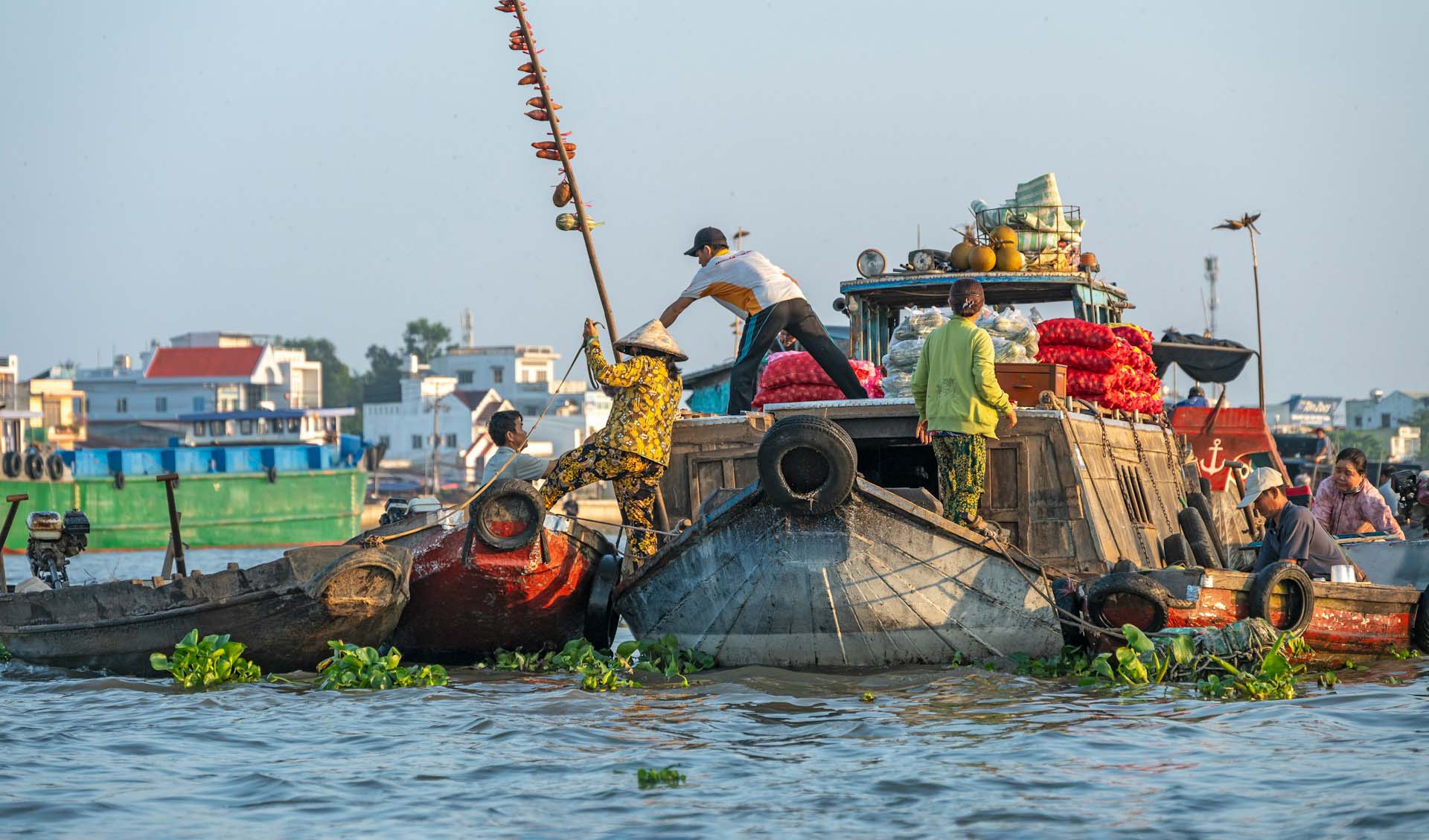
As the largest city in the Mekong Delta, Can Tho is the region’s vibrant heart, known for its intricate network of waterways, lush fruit orchards, and friendly locals. The city’s identity is deeply intertwined with the Hau River, a major tributary of the Mekong. A trip here offers an authentic glimpse into the daily life of the delta, from bustling floating markets to peaceful rural canals.
- Floating Markets and River Life
The Cai Rang Floating Market is Can Tho’s most famous attraction and a designated National Intangible Cultural Heritage site. To experience the market at its liveliest, you must wake up early. Hundreds of boats, laden with fresh fruits, vegetables, and other goods, gather on the river to trade. You can hop on a boat tour, enjoy a bowl of breakfast noodles, or sip a Vietnamese coffee, all while floating amidst the colorful chaos. For a more tranquil and local experience, the Phong Dien Floating Market is a smaller, less crowded alternative.
>> Read More: Why Vietnam’s Floating Markets Are Must-See For Every Traveler
- Cultural and Architectural Heritage
Can Tho also has a rich history reflected in its architecture. The Binh Thuy Ancient House, a stunning example of French colonial and traditional Vietnamese design, is a beautifully preserved landmark that has been featured in several famous films. Another notable site is Ong Pagoda, a vibrant and intricately decorated Chinese-style temple that fills the air with the scent of incense.
- Natural Escapes and Local Crafts
Beyond the city center, you can explore the tranquil countryside by taking a small boat tour through the narrow canals. Many tours include stops at local workshops, like the Sau Hoai Rice Noodle Factory, where you can see how rice noodles are made by hand. You can also visit sprawling fruit gardens to sample fresh, seasonal tropical fruits like durian and rambutan. For nature lovers, the Bang Lang Stork Sanctuary is a must-see, offering a chance to witness thousands of storks returning to their nests at dusk.
Vung Tau: Coastal Charms Among Cities in Southern Vietnam
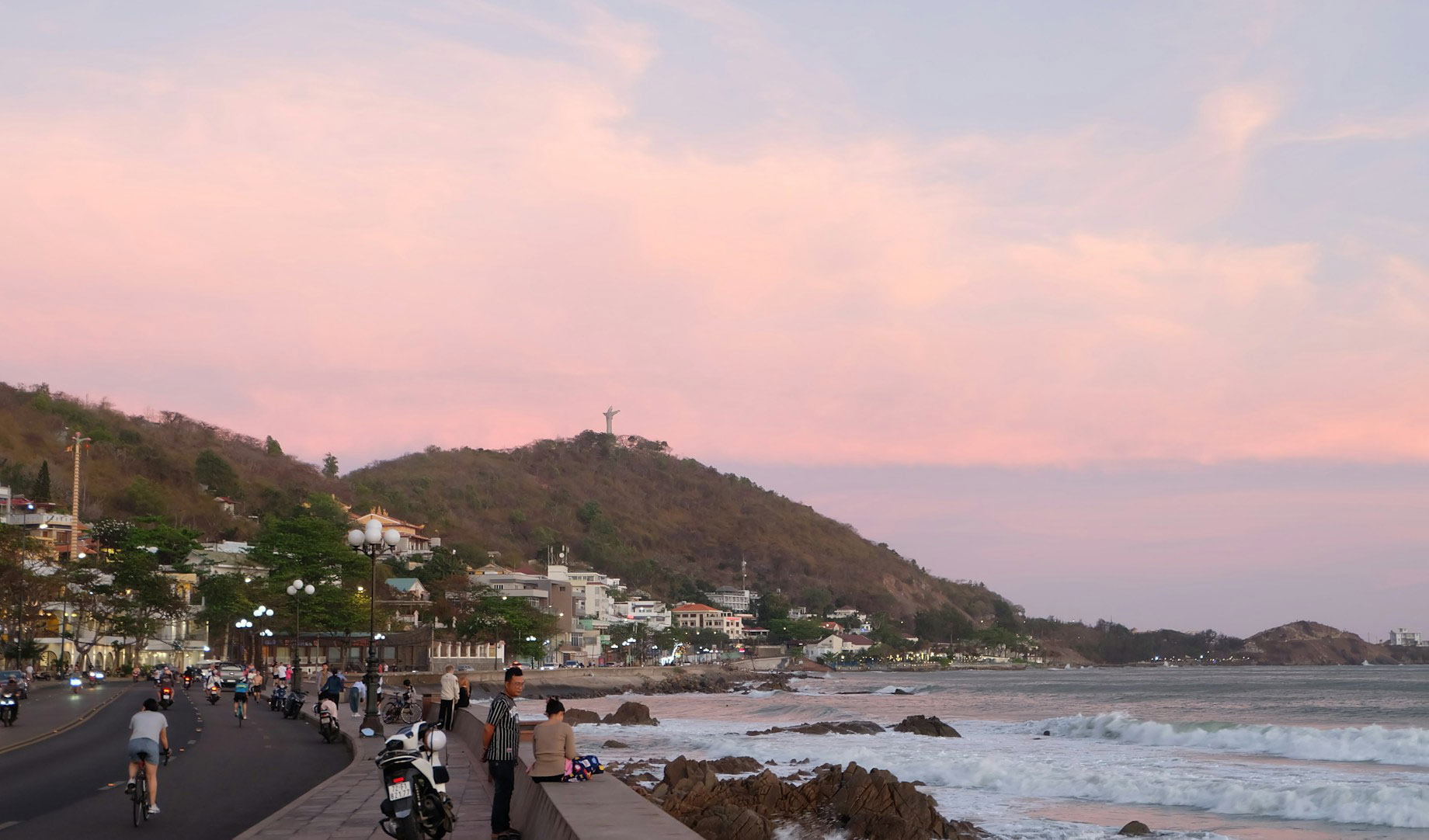
Located on a peninsula just a short drive from Ho Chi Minh City, Vung Tau is a popular coastal city that serves as a weekend getaway for city dwellers. With its long stretches of sandy beaches, fresh seafood, and a blend of natural beauty and historical sites, Vung Tau offers a relaxing and accessible seaside experience. It’s a place where visitors can enjoy the sun and sand while also exploring local culture and history.
- Sun, Sand, and Sea
Vung Tau is defined by its beaches, each with its own distinct character. Bai Sau (Back Beach) is the most popular, known for its wide sandy shores and calm waters perfect for swimming and sunbathing. For those seeking a more tranquil atmosphere, Bai Truoc (Front Beach) offers beautiful sunset views and is lined with charming cafes and restaurants. Visitors can also enjoy a variety of water activities, from jet skiing to paddleboarding.
- Iconic Landmarks and Panoramic Views
The city’s most famous landmark is the towering Christ the King statue, a 32-meter-tall statue of Jesus Christ atop Nui Nho (Little Mountain). Climbing the 800+ steps to the top provides a rewarding experience with breathtaking panoramic views of the city and the ocean. Another prominent feature is the Vung Tau Lighthouse, one of Vietnam’s oldest lighthouses, which offers a different perspective of the coastline. The Bach Dinh (White Palace), a former French colonial residence, is also a must-see, set on a hillside overlooking the sea.
- Fresh Seafood and Local Flavors
Vung Tau is a haven for seafood lovers. The local markets and coastal restaurants offer an abundant selection of fresh catches, from grilled prawns and crabs to various types of fish prepared in traditional Vietnamese styles. A local specialty is Banh Khot, a small, crispy pancake topped with shrimp. You can find this delicious dish at countless eateries throughout the city, often served with a variety of fresh herbs and a dipping sauce.
Phan Thiet: Coastal Dunes and Champa Culture

Phan Thiet, the capital of Binh Thuan Province, is a coastal city on Vietnam’s southeastern coast. Known for its unique combination of vast desert-like sand dunes, stunning beaches, and a rich historical legacy of the Cham people, Phan Thiet offers a diverse travel experience. While Mui Ne is often seen as the main tourist hub, Phan Thiet itself is a bustling city with a vibrant fishing port and historical sites that tell the story of the region.
- Iconic Sand Dunes and Natural Wonders
Phan Thiet is most famous for its otherworldly sand dunes. The Red Sand Dunes (Doi Cat Do) are a popular spot for sand sledding and catching breathtaking sunsets. Not far away, the White Sand Dunes (Bau Trang) create a “mini-desert” landscape complete with a freshwater lake, offering a perfect backdrop for photography. Another natural marvel is the Fairy Stream (Suoi Tien), a small, meandering stream that carves a path through colorful sand cliffs, creating a surreal and picturesque walking trail.
>> Read More: Mui Ne Sand Dunes – Unveiling The Natural Wonder Of Southern Vietnam
- Rich History and Cham Heritage
The area around Phan Thiet was once a part of the ancient Champa Kingdom, and its legacy is still visible today. The Po Sah Inu Cham Towers, a set of three ancient towers from the 8th and 9th centuries, stand on a hill overlooking the city. These beautifully preserved temples offer a glimpse into the Cham civilization’s architectural and religious traditions. You can also visit the Van Thuy Tu Temple, a local temple dedicated to whales, which are revered as guardians of the sea by local fishermen.
- Culinary Delights and Coastal Life
As a major fishing hub, Phan Thiet is a paradise for seafood lovers. The local fish sauce (Nước Mắm) is renowned throughout Vietnam, and you can visit a factory to see how it’s made. The city’s bustling port and fish markets are a feast for the senses, offering a wide variety of fresh catches. For a taste of local cuisine, be sure to try banh can, a savory mini pancake cooked in a clay mold, and lau tha, a unique seafood hotpot
Phu Quoc: The Emerald Island Gem of Southern Vietnam
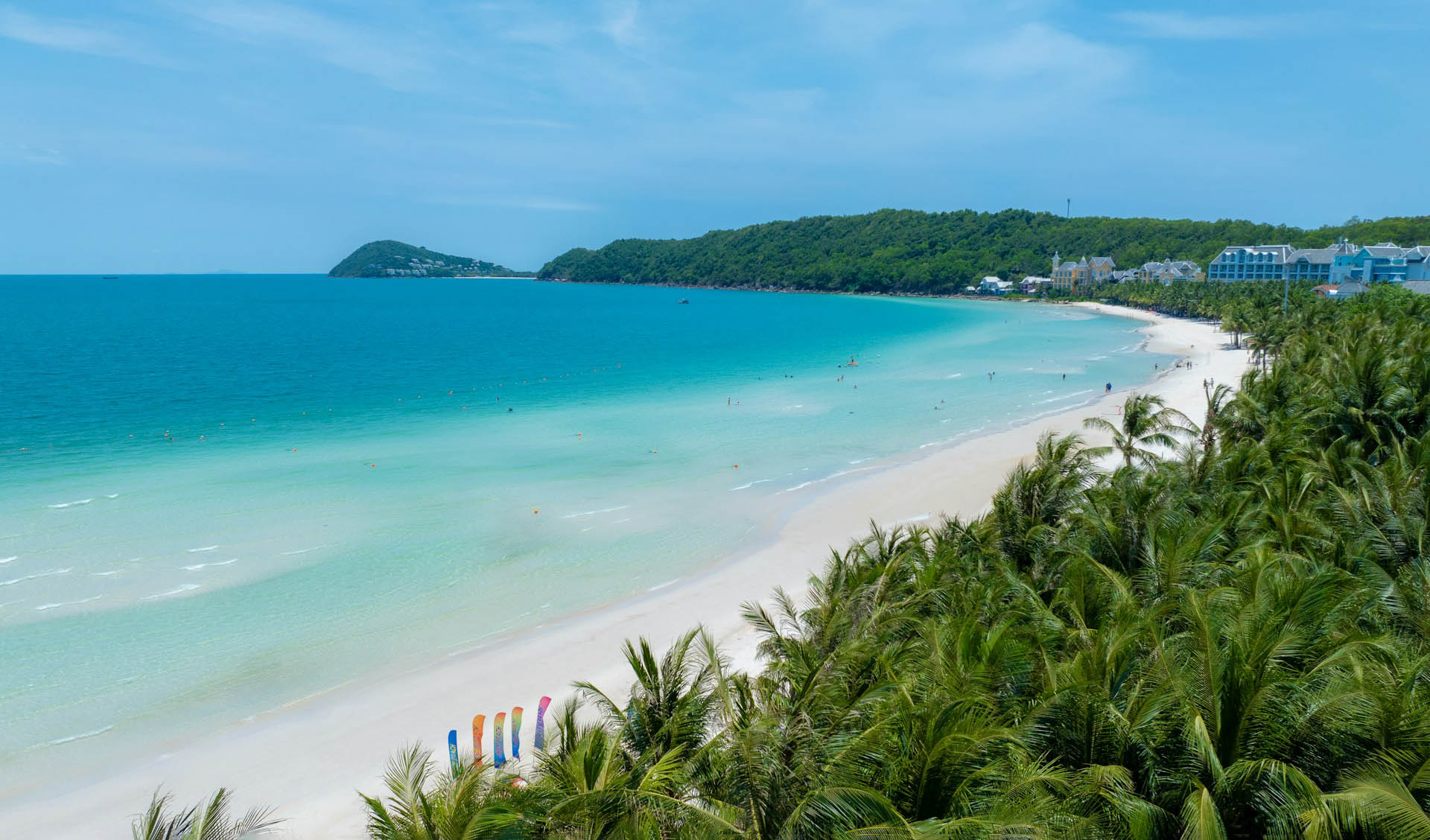
Phu Quoc, Vietnam’s largest island, is a breathtaking island paradise located in the Gulf of Thailand. Known for its pristine white-sand beaches, crystal-clear turquoise waters, and lush national parks, Phu Quoc has blossomed into a premier travel destination. The island offers a perfect blend of relaxation and adventure, catering to everyone from honeymooners to families and backpackers.
- Sun-Drenched Beaches and Seaside Relaxation
Phu Quoc is home to some of Vietnam’s most beautiful beaches. Long Beach (Bai Truong) is the island’s most famous, a 20-kilometer stretch of sand lined with resorts, restaurants, and bars, making it the perfect spot for swimming and watching spectacular sunsets. Starfish Beach (Bai Sao) is renowned for its powdery white sand and shallow, calm waters, ideal for families. For a more secluded escape, consider visiting the peaceful Ganh Dau Beach on the northern tip of the island.
- Natural Wonders and Adventure
Beyond its beautiful coastline, Phu Quoc boasts a rich ecosystem and natural attractions. Over half of the island is designated as a National Park, offering dense forests, hiking trails, and diverse wildlife. You can explore the park’s trails, visit the beautiful Suoi Tranh Waterfall, or take a boat trip to the An Thoi archipelago to go snorkeling or diving among vibrant coral reefs. Another must-visit is the Phu Quoc Bee Farm, where you can learn about beekeeping and sample fresh honey.
- Local Culture and Delicacies
Phu Quoc is also famous for its local products and unique culinary traditions. The island is known for producing high-quality fish sauce, and visitors can tour a local factory to see the traditional fermentation process. Another local specialty is Phu Quoc pepper, which is highly regarded for its strong aroma and flavor. A trip to the lively Dinh Cau Night Market is essential for a taste of local life, where you can sample fresh seafood, unique street food like grilled scallops, and browse for souvenirs.
>> See Tour: Splendours of Vietnam & Pristine Beach
Ben Tre: The Land of Coconuts

Ben Tre is a tranquil province in the heart of the Mekong Delta, often referred to as “the land of coconuts” due to its vast coconut groves that dominate the landscape. This province is a quintessential delta destination, defined by its intricate network of winding canals, lush fruit orchards, and a laid-back, rural lifestyle. A visit to Ben Tre offers an authentic and immersive experience of the Mekong Delta’s agrarian culture, away from the more crowded tourist routes.
- The Coconut Kingdom
The coconut is the lifeblood of Ben Tre. The province’s economy and culture revolve around this versatile fruit. Visitors can take a boat trip along the Ben Tre River to explore the coconut-lined waterways and visit a local workshop to see how coconuts are processed. Here, you can witness the entire process, from husking to the creation of various products like coconut candy, coconut oil, and a wide array of handicrafts made from the shells and wood.
- Serene Waterways and Island Life
Ben Tre’s charm lies in its quiet, natural beauty. Taking a small wooden boat or a traditional sampan, you can navigate the narrow mangrove-lined canals (rạch) that crisscross the province. Many tours include stops at local fruit orchards, where you can sample fresh tropical fruits like rambutan, longan, and pomelo. The small islands, or islets (cù lao), such as Cồn Phụng (Phoenix Islet) and Cồn Quy (Turtle Islet), offer a glimpse into the unique island life of the delta, often featuring local music performances and traditional crafts.
- Authentic Local Cuisine
The cuisine of Ben Tre is a reflection of its environment, with many dishes centered around the coconut. A must-try delicacy is coconut candy, a sweet, chewy treat that is famous throughout Vietnam. Another unique local dish is cơm dừa (coconut rice), where rice is cooked inside a young coconut, imparting a subtle, fragrant sweetness. Fresh seafood and local produce also play a major role, with dishes like gỏi củ hủ dừa (coconut heart salad) showcasing the region’s bountiful harvests.
>> See Tour: Ho Chi Minh City to Mekong Delta Tour
Best Time to Visit Southern Vietnam
The ideal time to visit Southern Vietnam is during the dry season, which runs from November to April. This period offers warm, sunny weather with low humidity, making it perfect for beach activities in Phu Quoc or exploring the floating markets of the Mekong Delta. The rainy season, from May to October, brings heavy but usually short-lived afternoon downpours. While this can make travel a bit more challenging, it also means fewer crowds and a lush, green landscape.
Some Southern Events and Festivals That You Can Enjoy
Tet Nguyen Dan (Lunar New Year)
This is Vietnam’s most important festival, typically falling in late January or February. While it’s a vibrant time for celebration, many businesses close, and transportation can be crowded. It’s a great opportunity to experience the festive atmosphere in cities like Ho Chi Minh City as families celebrate with special foods and decorations.
Dalat Flower Festival
Held every two years in late December, this festival transforms the city into a stunning display of flowers, celebrating its reputation as the “City of Eternal Spring.”
Whale Festival (Lễ Hội Cầu Ngư)
This traditional festival in Phan Thiet, in July, is held to honor the whale god, a revered deity among local fishermen. It’s a lively event with ceremonies, boat parades, and traditional music, usually taking place around the middle of the lunar calendar.
Travel Tips for Visiting Southern Vietnamese Cities
Getting Around
For urban exploration, motorbike taxis (both traditional and app-based like Grab) are a fast and affordable way to navigate city streets. Within the cities, it’s also common to use regular taxis.
For longer distances between cities like Ho Chi Minh City, Da Lat, and Vung Tau, domestic flights, buses, or private cars are reliable options. To experience the unique river life of the Mekong Delta, local boats and ferries are the best way to get around.
>> Read More: Transportation in Vietnam – A Comprehensive Guide for Tourists
Safety and Cultural Etiquette
When visiting temples or pagodas, it is respectful to dress modestly, covering your shoulders and knees. Remember to take off your shoes before entering. Like in many places, be mindful of your belongings in crowded areas and use common sense to stay safe.
Recommended Tour Styles
A guided tour is highly recommended for first-time visitors, especially in the Mekong Delta, where local guides can provide insight into the floating markets and canal life. For a more independent experience, DIY travel is easy, thanks to the readily available transportation and accommodation. Lastly, consider a homestay, particularly in rural areas like Ben Tre, for an authentic and immersive cultural experience.
>> Read More: Homestays in Vietnam – Worth the Experience or Overrated for Luxury Seekers?
Final Thoughts
As your journey through Southern Vietnam comes to a close, one thing becomes crystal clear: this region is alive with diverse experiences, rich history, and unforgettable flavors. Do not miss sipping cà phê sữa đá in the buzzing streets of Ho Chi Minh City, gliding through the vibrant floating markets of Can Tho, basking on the beaches of Vung Tau or Phu Quoc, strolling among the dunes and heritage towers of Phan Thiet, or savoring the authentic coconut countryside of Ben Tre — each city definitely leaves a lasting impression.
Ready to turn this inspiration into your next unforgettable trip? Let Asia Pioneer Travel craft a personalized, seamless itinerary tailored just for you. Whether you’re dreaming of cultural immersion, tranquil escapes, or culinary discoveries, our expert travel designers are here to bring your perfect Southern Vietnam journey to life.
